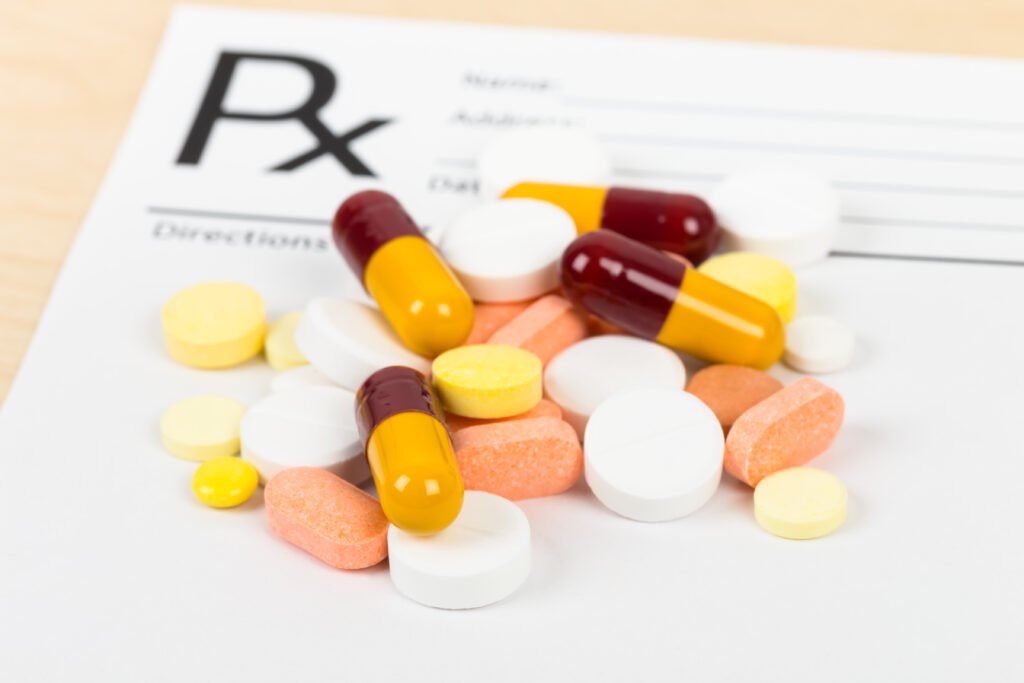Drug Interactions: The Silent Danger in Our Everyday Prescriptions

Drug Interactions: A Silent Threat to Public Health
With the tremendous advancement in the pharmaceutical industry and the diversity of available medications, it has become common for individuals to take more than one drug per day — whether prescribed by a doctor or used independently.
However, this seemingly harmless behavior hides a silent danger that threatens human safety: drug interactions.
Understanding the nature of these interactions, their effects, and ways to prevent them is an urgent necessity to protect public health and reduce complications that, in some cases, can be fatal.
Drug interaction is defined as the reaction that occurs when one drug affects the effectiveness or safety of another when both are taken together. This effect may increase or decrease the action of one of the drugs or even transform it into a toxic substance inside the body.
Drug interactions are generally divided into three main categories:
-
Drug-to-drug interaction, such as the reaction between painkillers and blood thinners.
-
Drug-to-food interaction, such as the reaction between grape juice and certain heart medications.
-
Drug-to-disease interaction, such as using specific drugs in patients with liver or kidney disease, which may lead to serious complications.
In many households, medications are used repeatedly without awareness of their potential risks. For example, combining more than one painkiller from the same group, such as ibuprofen and diclofenac, can cause stomach or kidney damage. Regular use of ibuprofen with aspirin can also reduce aspirin’s protective effect for the heart.
Blood-thinning medications like warfarin are affected by many foods — especially leafy greens rich in vitamin K — and by some antibiotics and painkillers. Any unmonitored interaction may result in dangerous bleeding or treatment failure.
Similarly, blood pressure medicines and diuretics can pose risks when taken with potassium supplements, potentially leading to dangerously high potassium levels in the blood. Certain antibiotics, like ciprofloxacin and levofloxacin, may increase the risk of low blood sugar, while alcohol consumption alongside these drugs heightens the danger of severe drops in glucose levels.
Dietary supplements and herbal remedies also pose hidden risks. Despite their popularity and the perception that they are safe, some herbs — such as St. John’s Wort — can reduce the effectiveness of heart medications, antidepressants, and birth control pills. Likewise, taking garlic or ginseng with blood thinners can cause severe bleeding.
The risk of drug interactions increases when individuals take multiple medications daily, in the elderly whose metabolism and drug elimination slow down, and among patients with chronic illnesses such as liver disease, kidney disease, or diabetes. The danger also rises when people self-medicate without consulting doctors or pharmacists or when they hide details about their supplement use.
Preventing drug interactions requires awareness and responsible behavior. This includes consulting a doctor or pharmacist before taking any new medication, avoiding mixing drugs independently, carefully reading drug leaflets, recording daily medications, and informing the doctor about all medicines and supplements before starting any new treatment.
Drug interactions represent a silent threat lurking in the lives of all who take medication without professional guidance. They do not distinguish between simple and complex drugs — they creep quietly through daily habits and unmonitored use. Therefore, shared responsibility between patients, doctors, and pharmacists remains the cornerstone of protecting society from this hidden danger behind a simple pill.
Medicine, in the hands of the aware, is healing — but in the hands of the careless, it can become poison.
